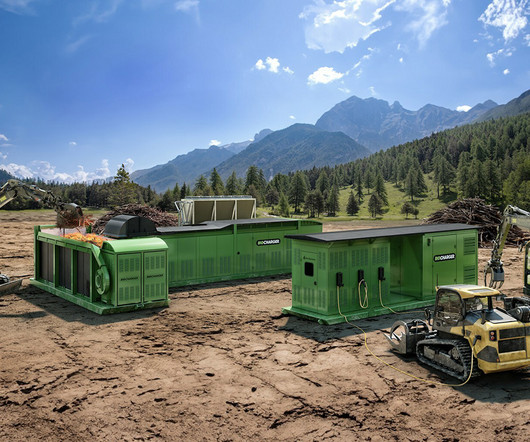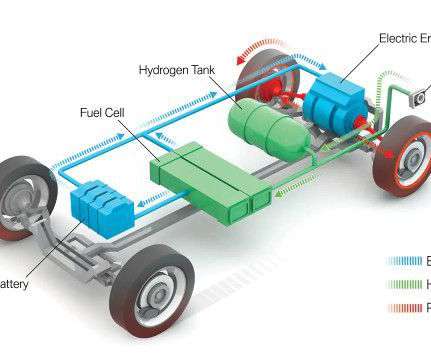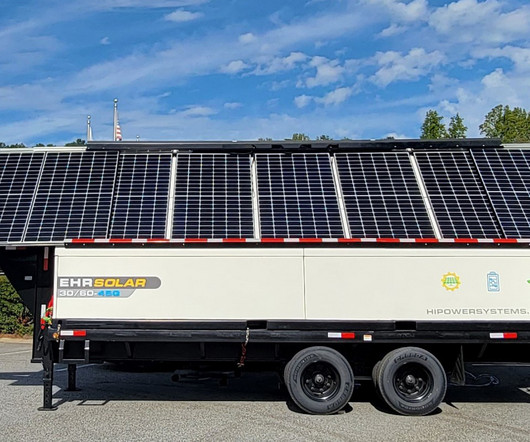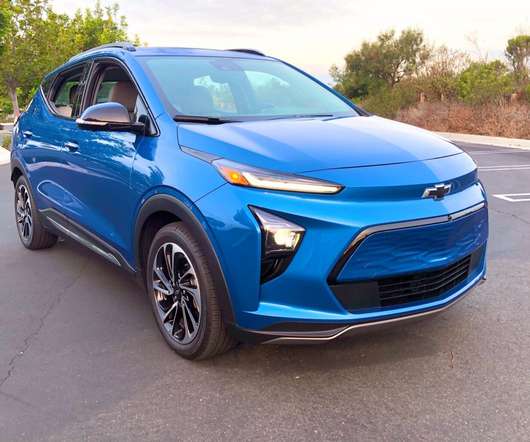CEA and Renault Group develop a very high efficiency bidirectional on-board charger
Green Car Congress
JANUARY 17, 2023
The CEA and Renault Group have jointly developed a new electronic power converter architecture directly integrated into the vehicle’s charger. Due to the use of ferrite materials, dedicated to high frequency, and a shaping injection process called Power Injection Molding, the converter has become more compact.




















Let's personalize your content